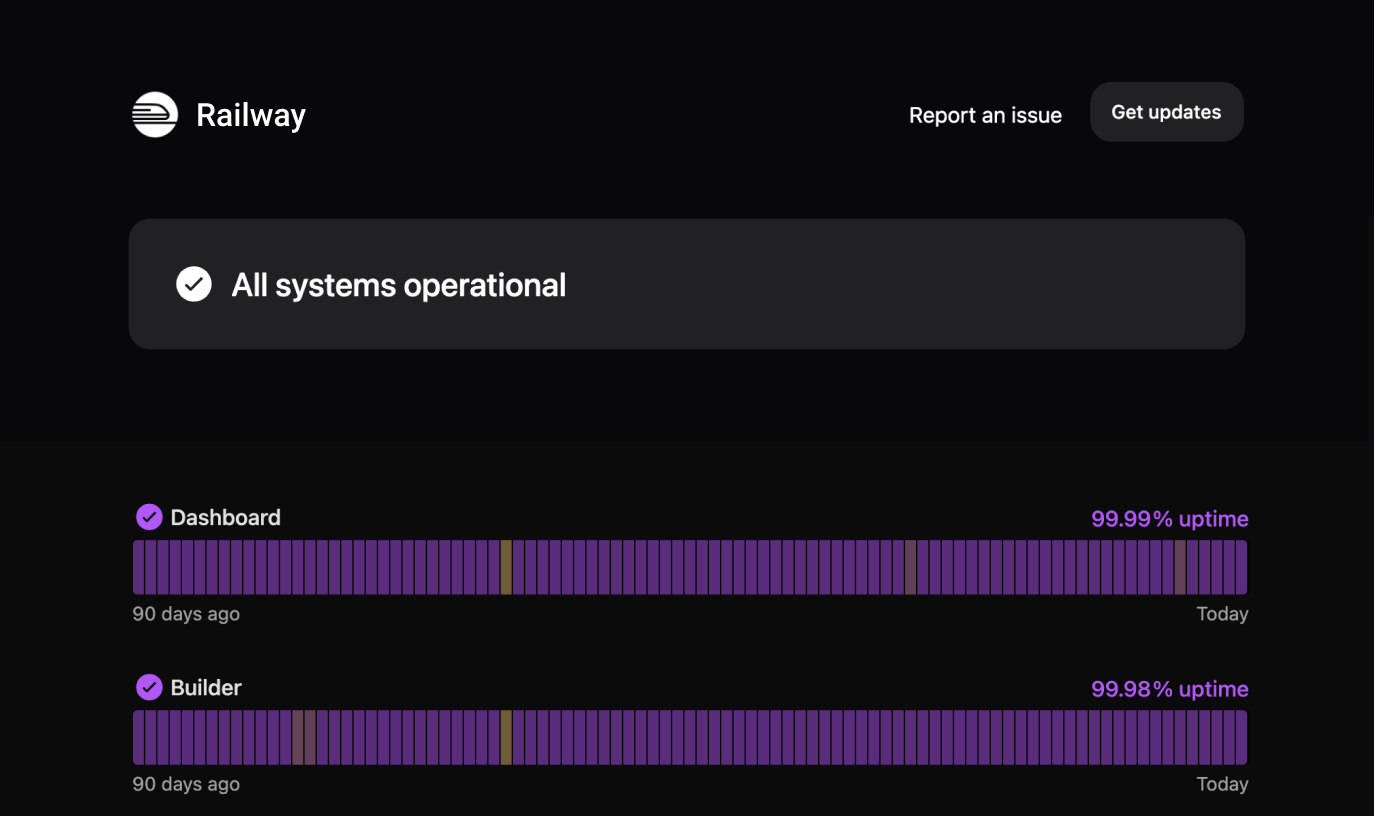Building DevOps Toolchains: Everything You Need to Know (+ Tool Suggestions)

DevOps is all about making your software management as efficient as possible, and creating your own DevOps toolchain is a popular method for streamlining this process. Whilst DevOps often utilizes many tools and techniques, it does little to enhance your efficiency unless they integrate well with each other. That’s why having a great toolchain is so important in DevOps.
Finding the right selection of tools to use can be a difficult task, so it usually takes a lot of exploring and testing to get your toolchain working as intended. You can experiment with different types of tools, including monitoring tools like Instatus, and see if they integrate well with each other.
But before we get too technical, let’s quickly cover what a DevOps toolchain is.
What Is A DevOps Toolchain?
A DevOps toolchain is a collection of tools that help you during the software development or management life cycle. These tools allow DevOps teams to work together in creating, delivering, and maintaining software applications.
A toolchain should enhance these processes by improving efficiency along with other key DevOps fundamentals, such as:
- Continuous delivery
- Workflow automation
- Continuous integration
A DevOps toolchain is specifically a series of tools as opposed to just one. They often come from a range of sources but should operate seamlessly together as one unit. Finding the right combination of tools can take much time and experimentation.
How Can A DevOps Toolchain Benefit Your Business?
Rapid Product Delivery
DevOps toolchains can automate parts of the software development and delivery process, which means you can release products to your customers much more quickly. This can give you a competitive edge since you’ll never keep customers waiting too long.
Timely Incident Management
DevOps tools can aid you in incident management by streamlining the process — they can help you report incidents, deliver them to the correct parties, and follow up on them until they get resolved. The faster the reports are delivered, the faster they can be fixed.
Increased Collaboration
DevOps toolchains get rid of barriers between teams by providing them with the tools they need to collaborate. Work is more cohesive and communication is improved, which reduces the chances of confusion and potential delays in the DevOps lifecycle.
Two Main Approaches To Building a DevOps Toolchain
In-the-Box
The “in-the-box” approach to DevOps toolchains takes advantage of pre-packaged toolchains that a provider builds and sells as a unit. This requires less effort on your part since the toolchain has already been put together and tested for compatibility. The downsides are that pre-packaged solutions are inflexible, and may cost you more than custom toolchains.
Custom
The “custom” approach to DevOps toolchains is more flexible. You build the toolchain from scratch, finding the best tools for your specific use case. This approach gives you more control and flexibility — you can customize the solutions to your problems and workflow management. However, it does take a bit more trial and error.
Must-Have Tools for Your DevOps Toolchain
1, DevOps Monitoring Tools
DevOps monitoring tools allow you to monitor software performance and IT infrastructure, so you can quickly detect when something goes wrong. This includes monitoring software availability and security. It is crucial to be able to identify when a service is down or a security breach occurs to address the issue promptly.
Take Instatus, for example — our interactive status pages help your team communicate the status of your systems to customers, stakeholders, and teammates via Slack, email, and your own custom domains. That means less time responding to support tickets and more time spent resolving issues.
Here are some examples of monitoring tools:
- Instatus
- Sensu (Sumo Logic)
- Prometheus
2. DevOps Automation Tools
DevOps automation tools let you reduce repetitive workload and improve development speed by automating workflows for you. You can also automate the delivery process and get products to your customers faster. Automation tools offer support for the DevOps life cycle, such as helping feedback loops integrate well with CI/CD frameworks.
This can enhance communication between teams so updates and maintenance are deployed at a faster rate.
Examples of automation tools:
3. DevOps Testing Tools
DevOps testing tools allow software development teams to manage and test their code more efficiently. They can automate tasks to streamline the testing process and provide an easy-to-use interface, where you can easily manage testing data.
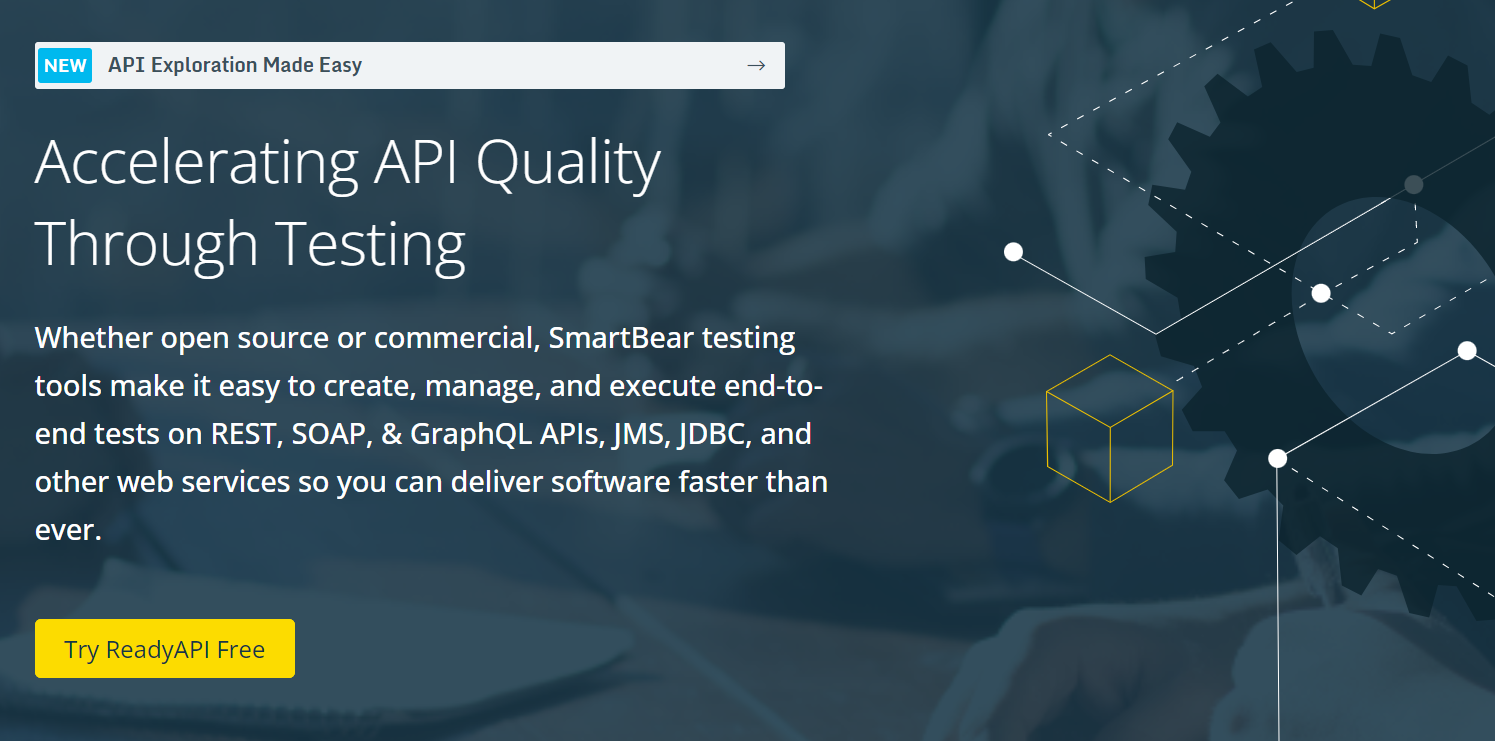
Examples of testing tools:
4. DevOps Configuration Management Tools
Configuration management tools help keep your software reliable by installing updates and tracking changes in your IT infrastructure. They analyze the relationships between different IT components and predict how changes could impact software functionality.
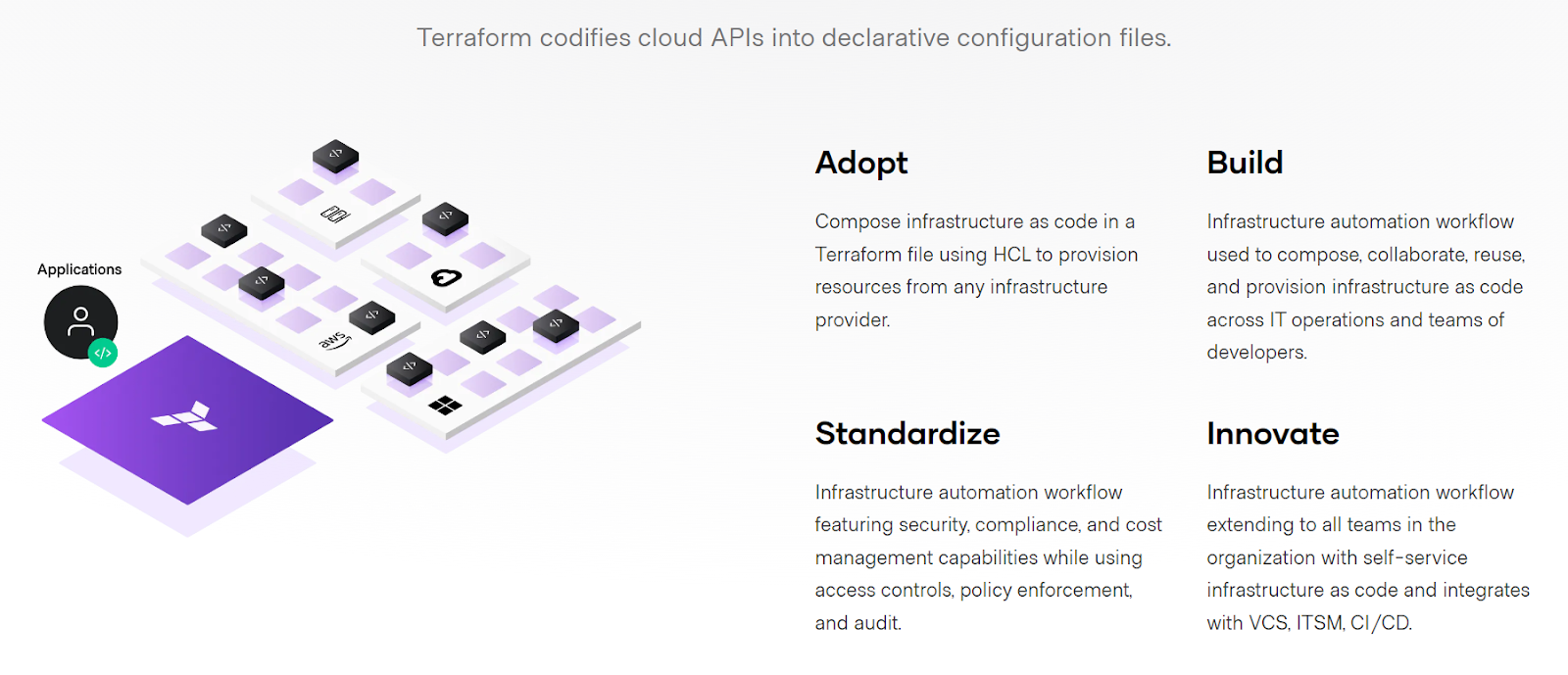
Examples of configuration management tools:
5. Cloud Computing And Storage
Cloud computing and storage tools allow you to store data and files online, where you can access them through the internet or a private network. Cloud storage platforms keep your online data safe and secure, and you can share or transfer files across devices freely. Most tools also give you control over who can edit and view your files.
Using a cloud storage tool eliminates the need to purchase or set up your storage infrastructure, saving you a bunch of time and effort. They’re scalable, durable, and simple to manage.

Examples of cloud computing and storage tools:
- AWS (Amazon Web Services)
- Microsoft Azure
- Google Cloud
6. DevOps Continuous Integration (CI) Tools
Continuous integration (CI) in DevOps refers to when developers merge changes to their code into a shared repository before testing the new builds. This process occurs quite frequently during the software development life cycle. CI tools help speed up this process by streamlining data transfers and automating workflows.
You can automate the merging process, and ensure code merges are happening regularly. Otherwise, you can encounter compatibility issues.

Examples of CI tools:
7. Continuous Delivery and Continuous Deployment Tools
Continuous delivery tools automate the deployment stage of the development process. Continuous delivery involves delivering code changes to a testing environment, where new builds are experimented with. Once the code changes are finalized and ready for public release, they’re sent to a production environment as a software patch or update.
Continuous deployment, on the other hand, automates the entire process. It automatically deploys code changes to your software in response to customer feedback, so new features and builds can be tested constantly. All stages are automated, including the integration, testing, and delivery stage.
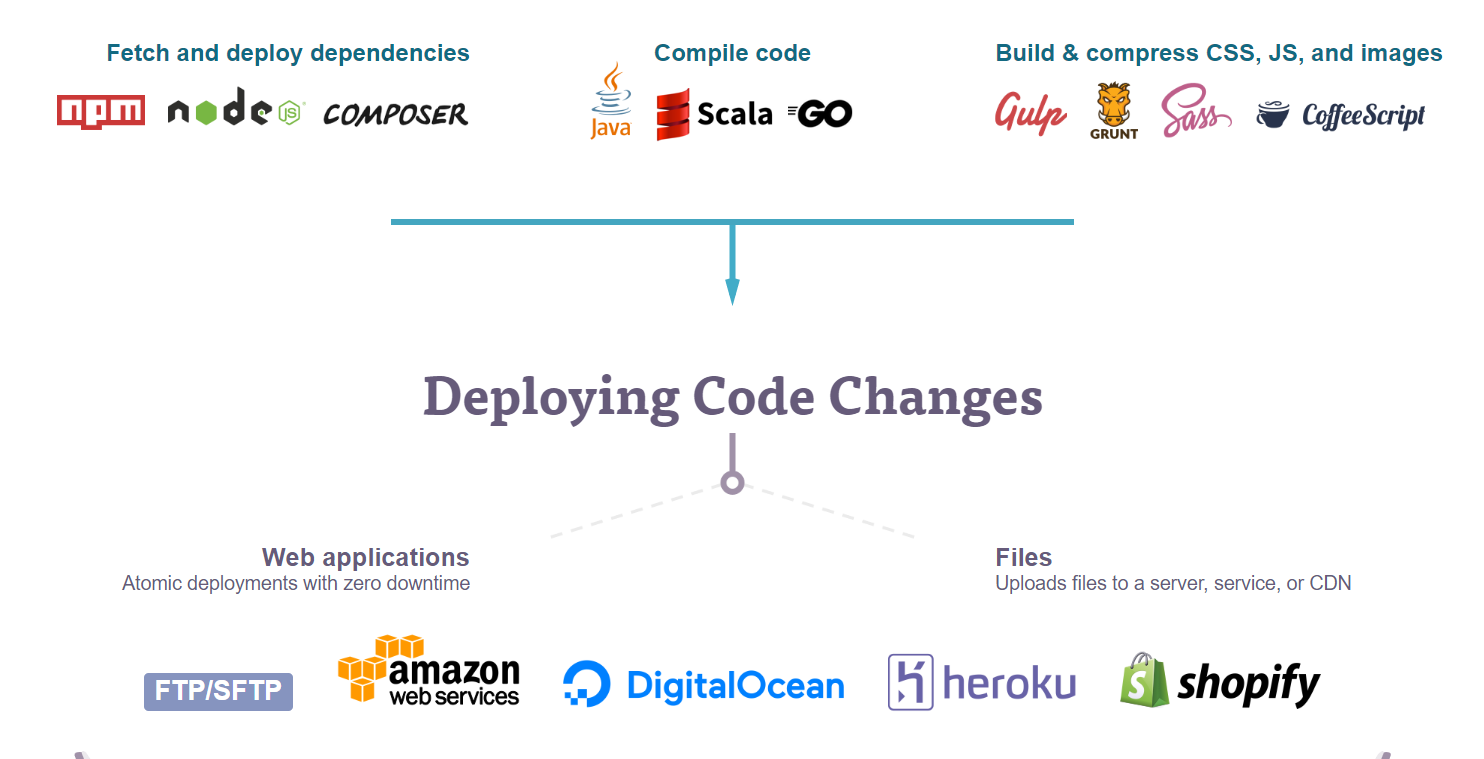
Examples of CD tools:
- DeployBot
- Bamboo (Atlassian)
- Octopus Deploy
8. Issue Tracking Tools
Issue tracking systems make it easier for you to find and respond to user reports. You can track customer tickets and follow up on issues until they’re fixed. This improves your customer relationship management (CRM) and customer support service.
If you receive many user reports, it can get overwhelming, fast. That’s why issue-tracking tools are a must-have — they make issue-tracking more manageable and ensure everything stays smooth and efficient for both customers and your response team.
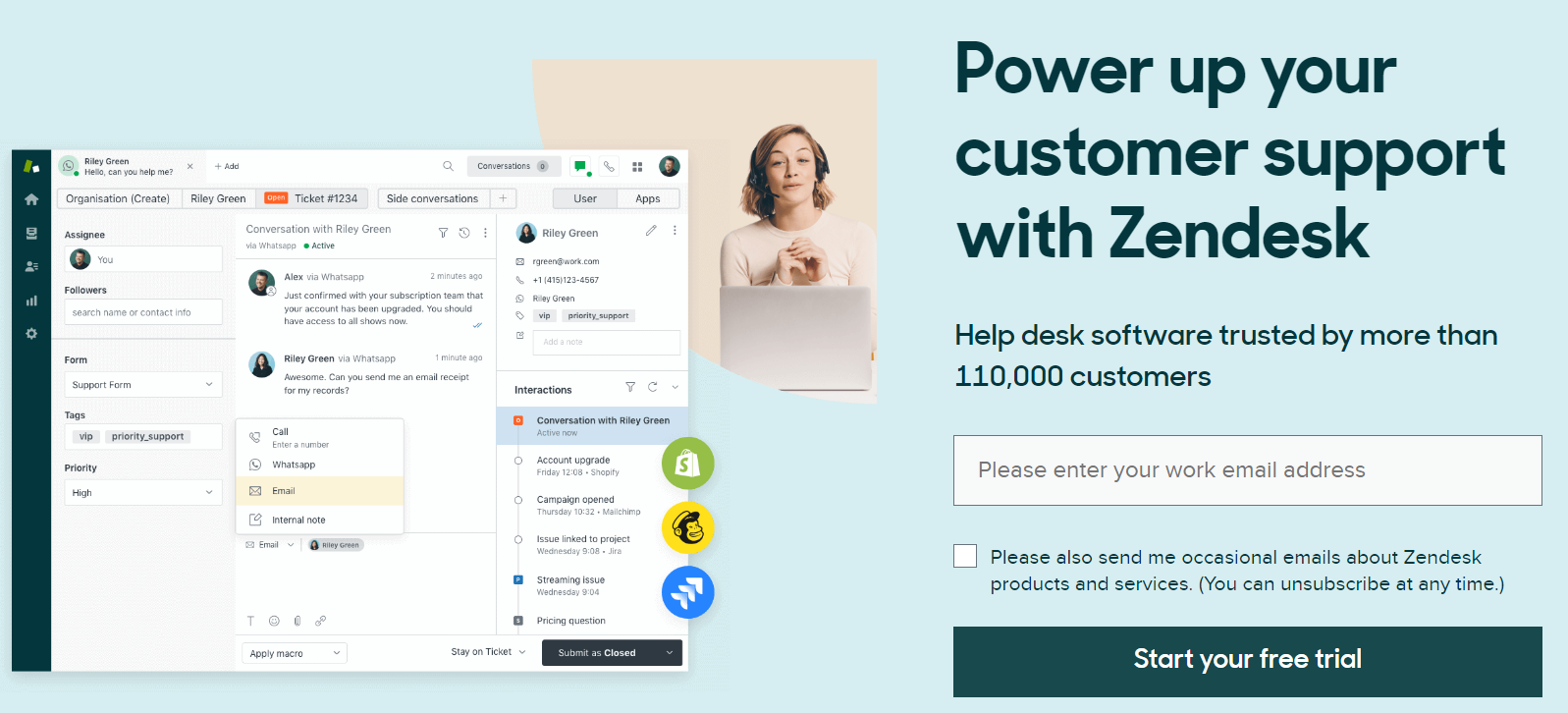
Examples of issue-tracking tools:
9. Collaboration Tools
Collaboration is a key piece of the DevOps puzzle, and collaboration tools are a hugely important part of the process. Different collaboration tools are available — some focus on project management, while others are more communication-based.
These tools bring visibility to your team, so everyone is aware of task assignments and progress updates. They can streamline and improve workflows, as well as reduce the chances of miscommunication (and errors it causes).

Examples of collaboration tools:
10. Source Code Management Tools
Source code management (SCM) tools allow developers to work collaboratively on the same code in real time and keep track of any modifications made to the code. This process is also referred to as version control or versioning.
Developers can use SCM tools to create branches, which represent code changes, and push their changes to create a new build. By switching between different branches, developers can review the changes before deciding to finalize them and push them to the main branch or build. This enables other developers to review the changes and provide feedback before the code is merged.
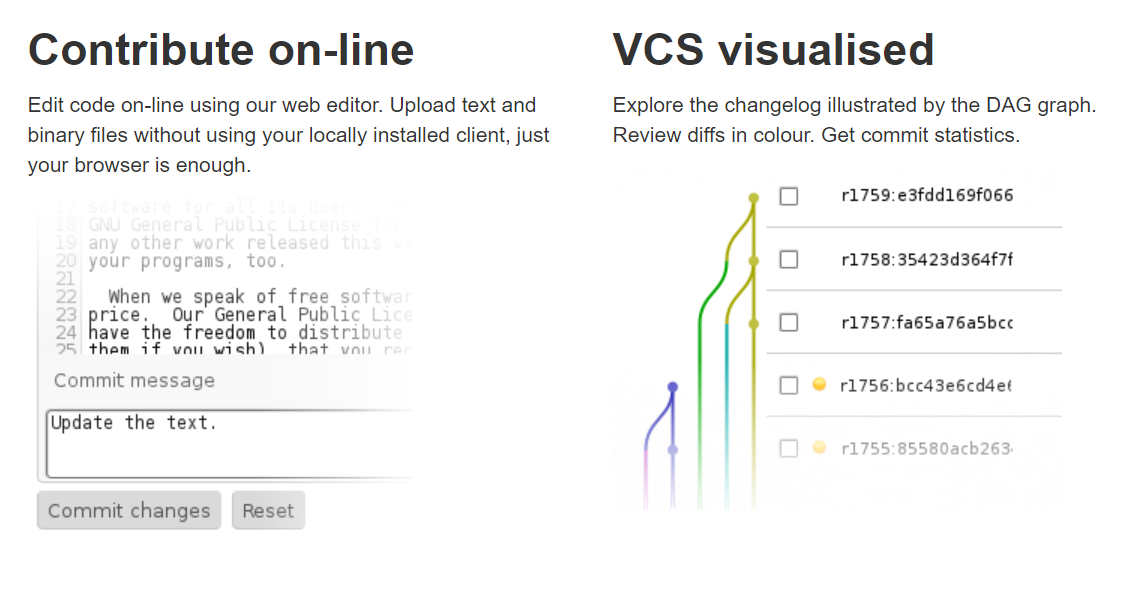
Examples of source code management (SCM) tools:
Conclusion
DevOps tools are a core element of any DevOps strategy, but choosing independently great tools isn’t always enough. The tools you pick need to be able to work together seamlessly — saving you time and cutting down on errors.
There are many must-have tools you should include in your DevOps toolchain — and Instatus is one of them. With Instatus, you can create a beautiful, interactive status page that integrates with your toolchain in minutes, not hours.
Try Instatus for free today to start tracking your system operations.
Get ready for downtime
Monitor your services
Fix incidents with your team
Share your status with customers

